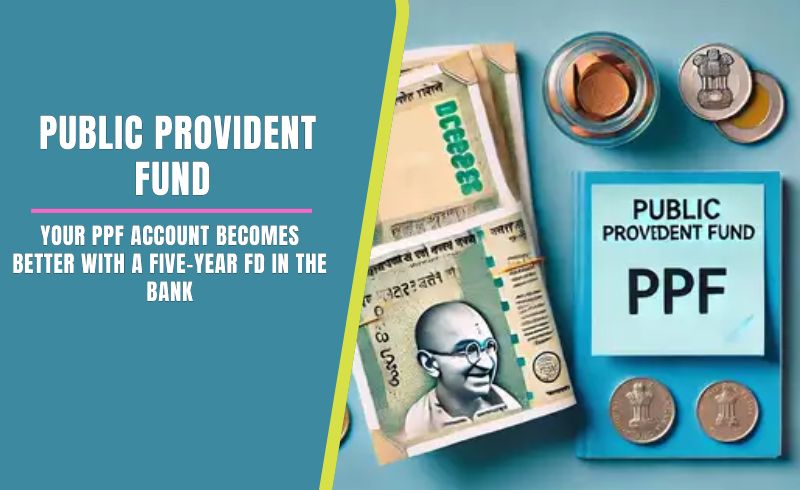To earn some more interest on the money lying in the bank, usually the option of FD i.e. Fixed Deposit is chosen, on which the banks actually pay more interest than the savings account, but those who invest regularly can also have an option in which the interest will be more than the interest usually received through FD, and income tax will not have to be paid on that interest. Yes, you read it right, every Indian has the solution to earn completely tax free interest, which is known as Public Provident Fund or PPF .
PPF is a scheme in the ‘EEE’ (tax free, tax free, tax free) category
PPF is one of the most popular savings schemes in our country, and a PPF account matures in a period of 15 years as per the rules. PPF scheme is an EEE (tax free, tax free, tax free) category scheme as per the Income Tax rules, which means, up to Rs. 1.5 lakh invested in the account every year will not be taxed, the interest earned on it every year is completely tax free, and the entire amount received on maturity is also completely tax free, i.e. no income tax is levied on it.
It is not mandatory to invest on extending the PPF account
The most interesting aspect of the rules related to PPF account is that after completion of the maturity period of 15 years, the PPF account can be extended in blocks of five years each, and the investor also has the option to invest or not in future. According to financial advisors, if the investor does not need any money immediately, then the PPF account should be continued even after the maturity period of 15 years. Vaibhav Rastogi, a chartered accountant based in Delhi, says, “It is better to continue the PPF account even after the block period of 15 years… After 15 years, i.e. after maturity, there is no obligation to invest continuously in the account during the extension period, and apart from this, the investor is also given the facility of withdrawing the amount once a year…”
You can withdraw tax free money from PPF account once every year
PPF account rules allow partial withdrawals during the extension period, and the biggest feature is that no income tax is levied on any amount withdrawn from the PPF account. Even if the investor chooses not to make a new investment (without-contribution mode) while extending the PPF account, he can still withdraw the interest amount every year thereafter. Remember, withdrawal of money will be possible only once every year.
The central government currently pays 7.1 percent interest per annum on PPF accounts, which is a much better rate than the fixed deposit or FD of almost all nationalized or private banks. Many banks even pay less interest than this to senior citizens, so instead of maturing the PPF account, it can be extended.
Income tax has to be paid on FD interest
Vaibhav Rastogi says, “Even if a PPF account holder needs money, it would be better to withdraw money from PPF than from bank FD, because you are getting less interest on FD as compared to PPF, and you will also have to pay income tax on the interest received on FD, whereas there will be no tax on the amount withdrawn from PPF account…” It is worth noting that the interest received on FD (Fixed Deposit Account) or RD (Recurring Deposit Account) made in banks or post offices is completely taxable, that is, income tax has to be paid on it.
